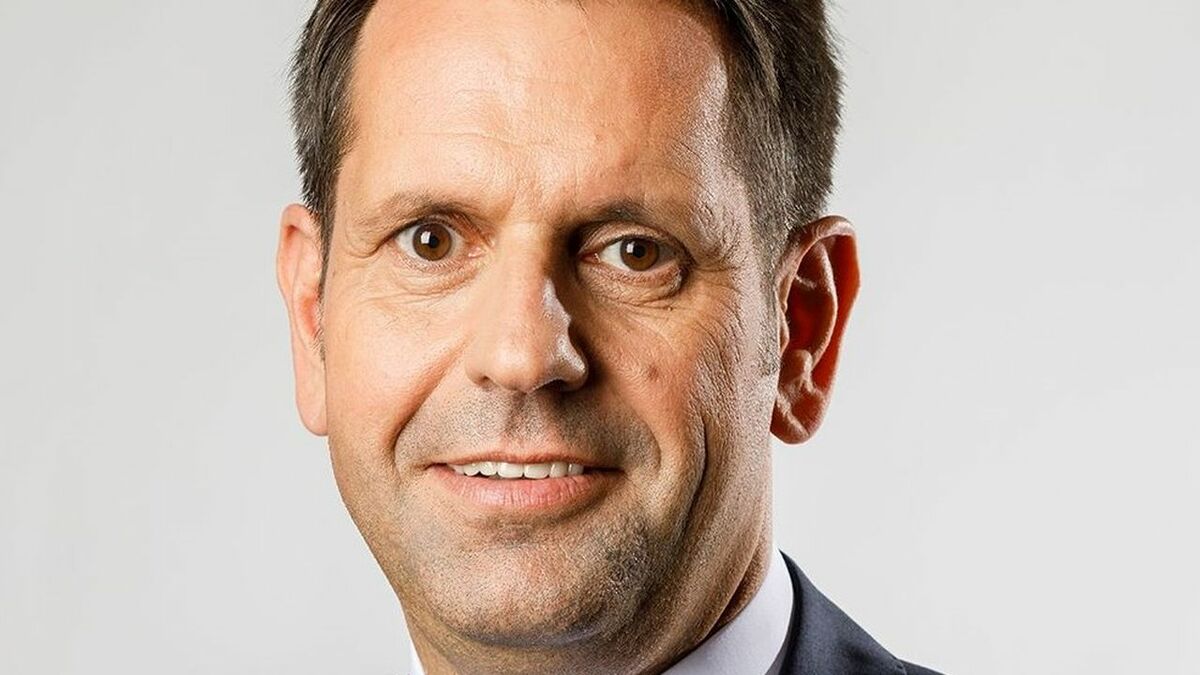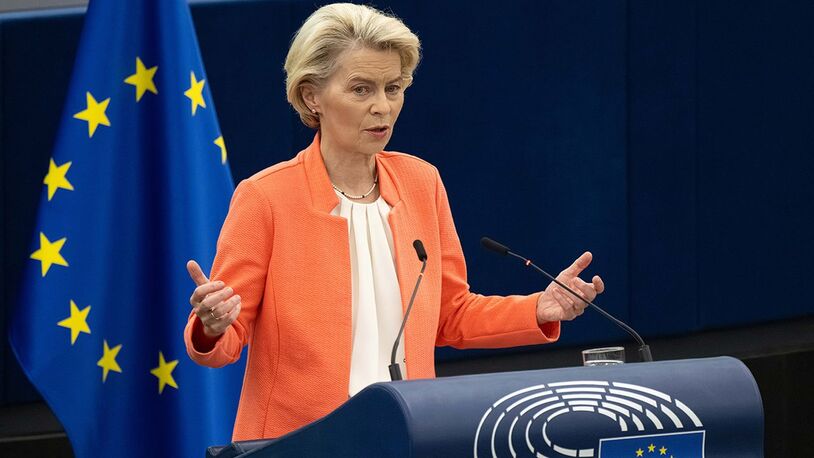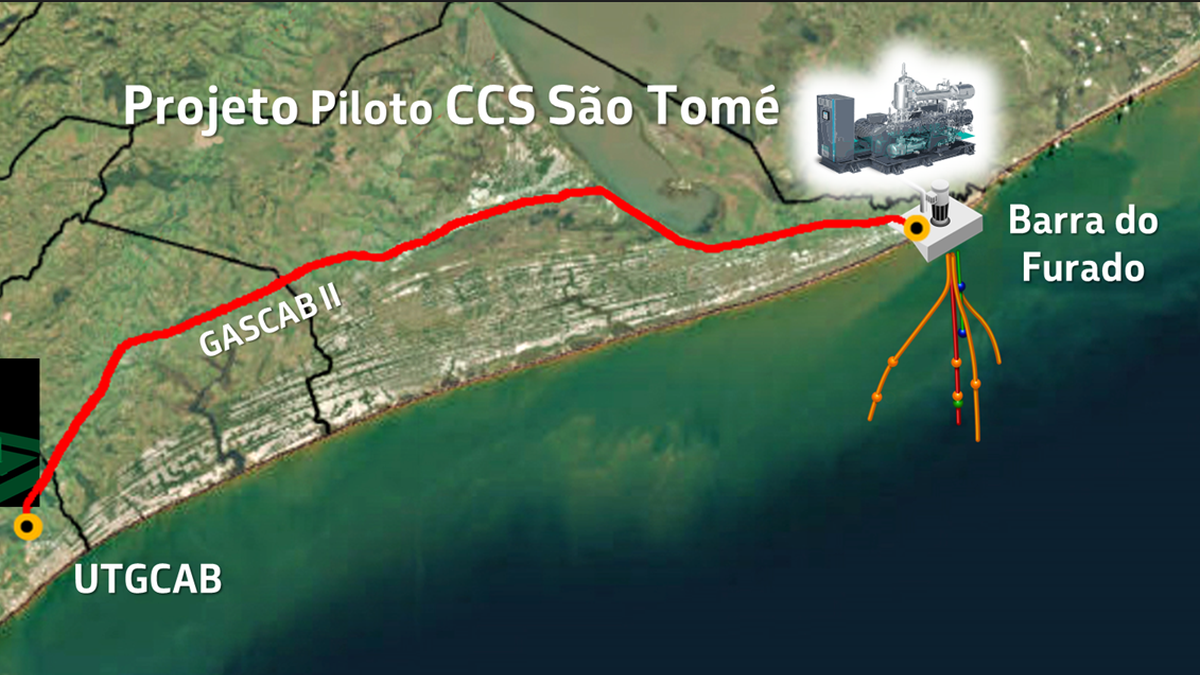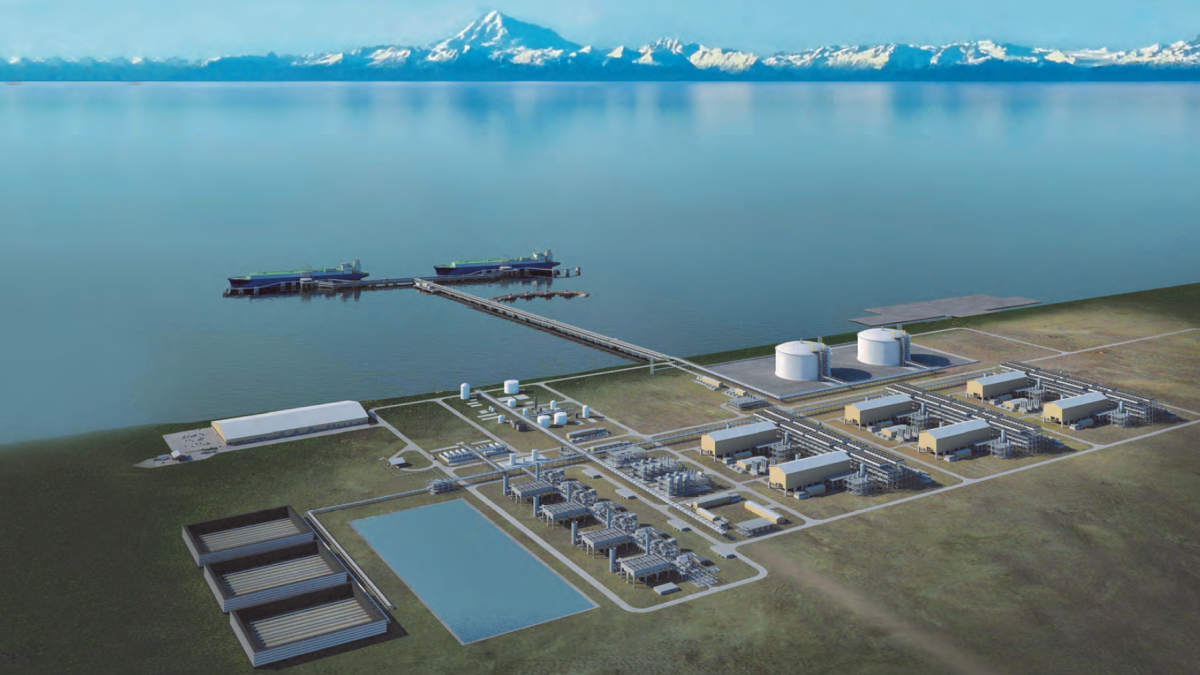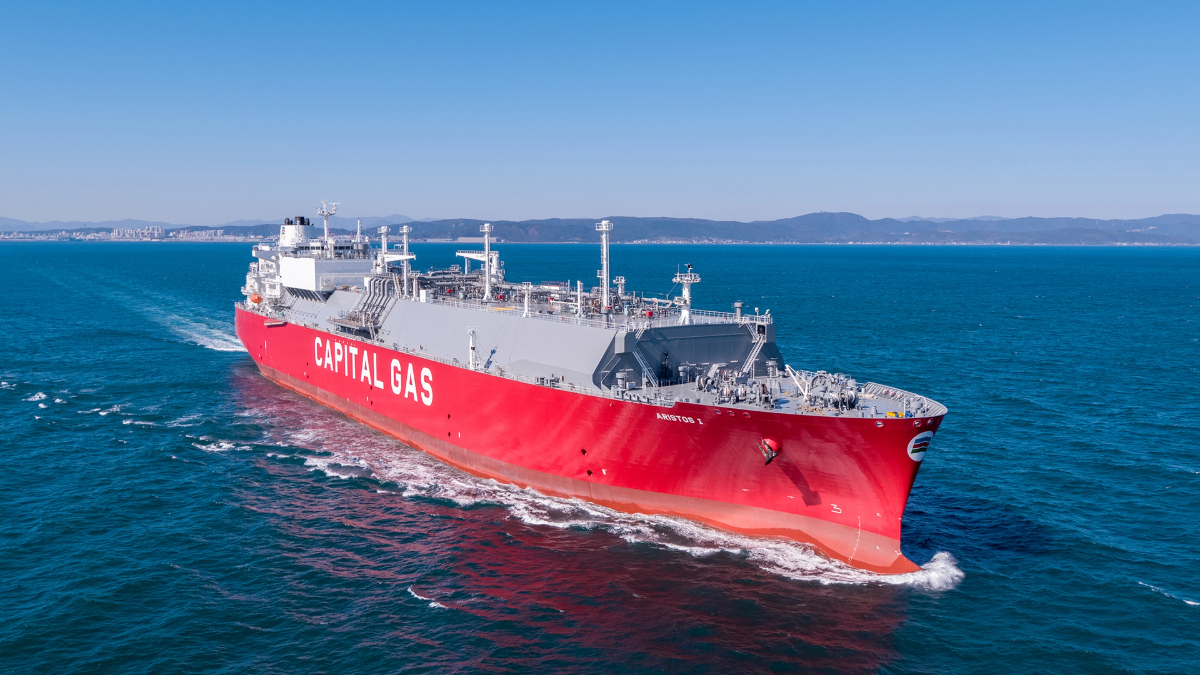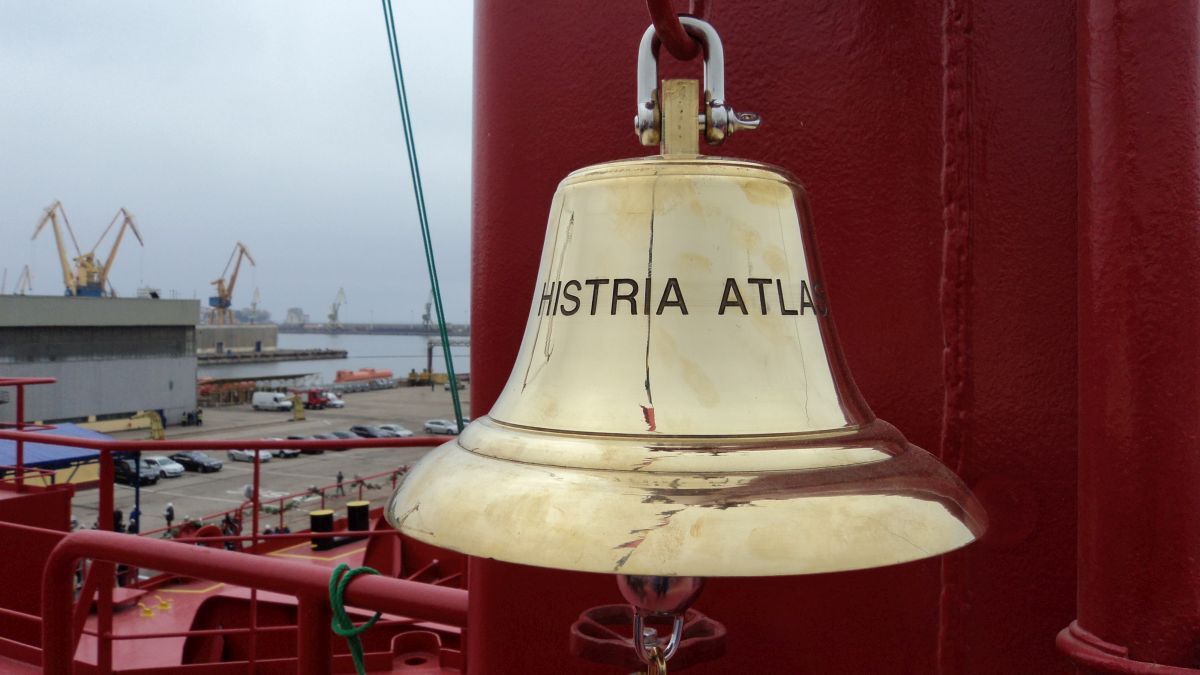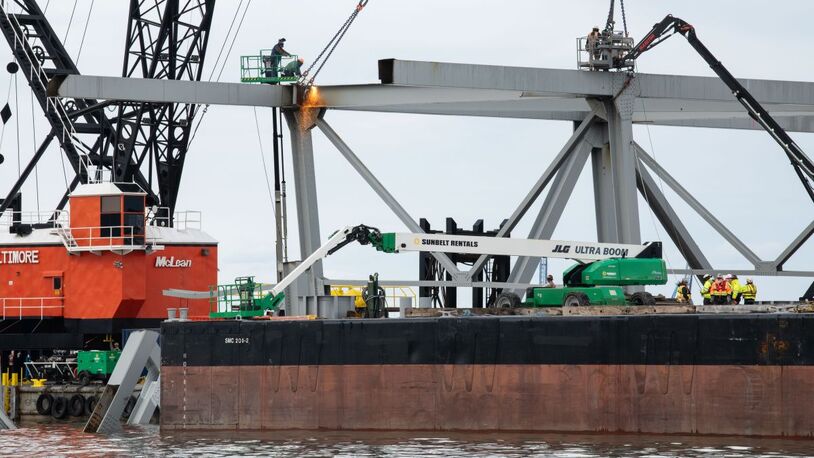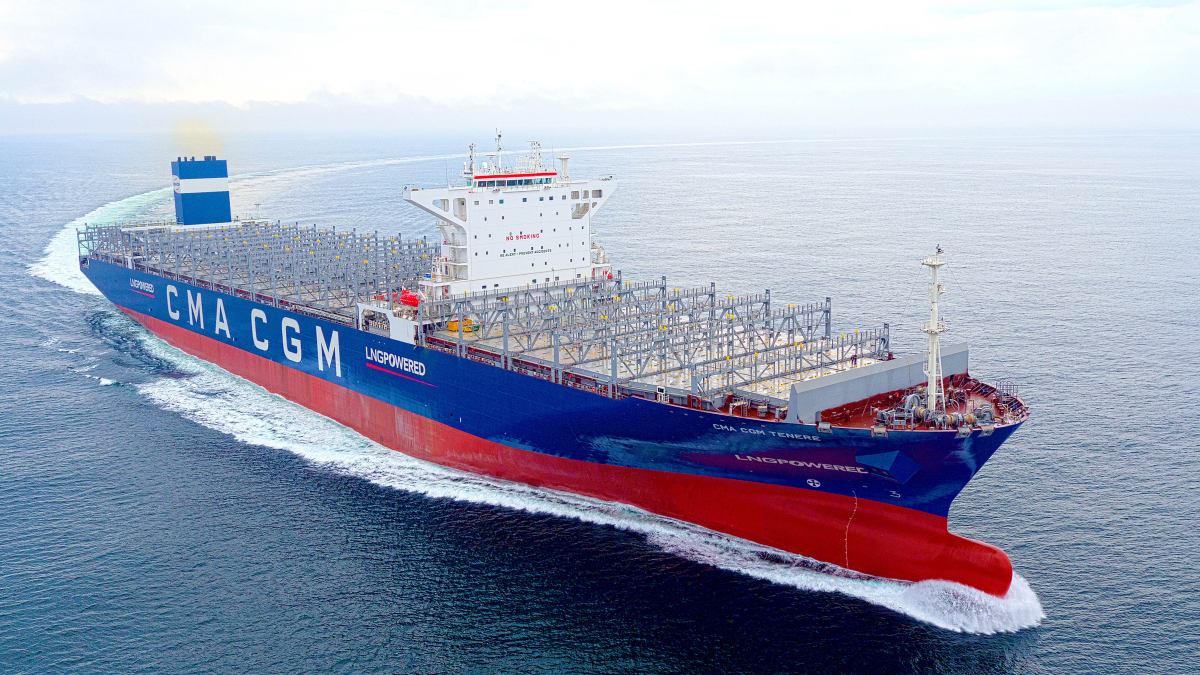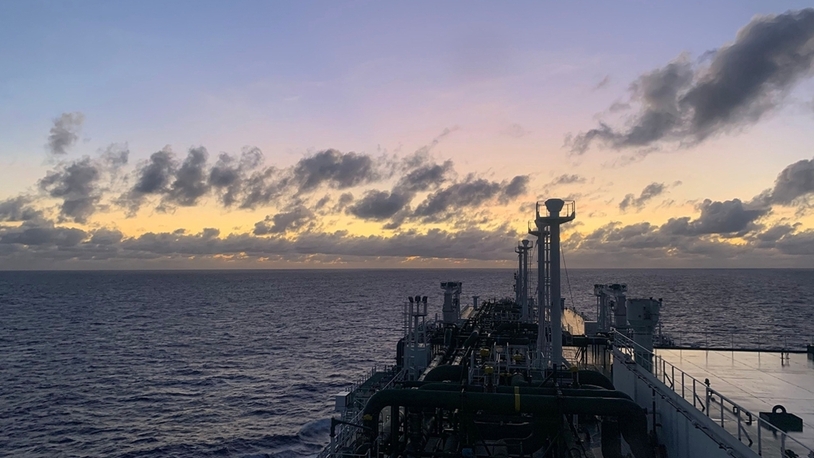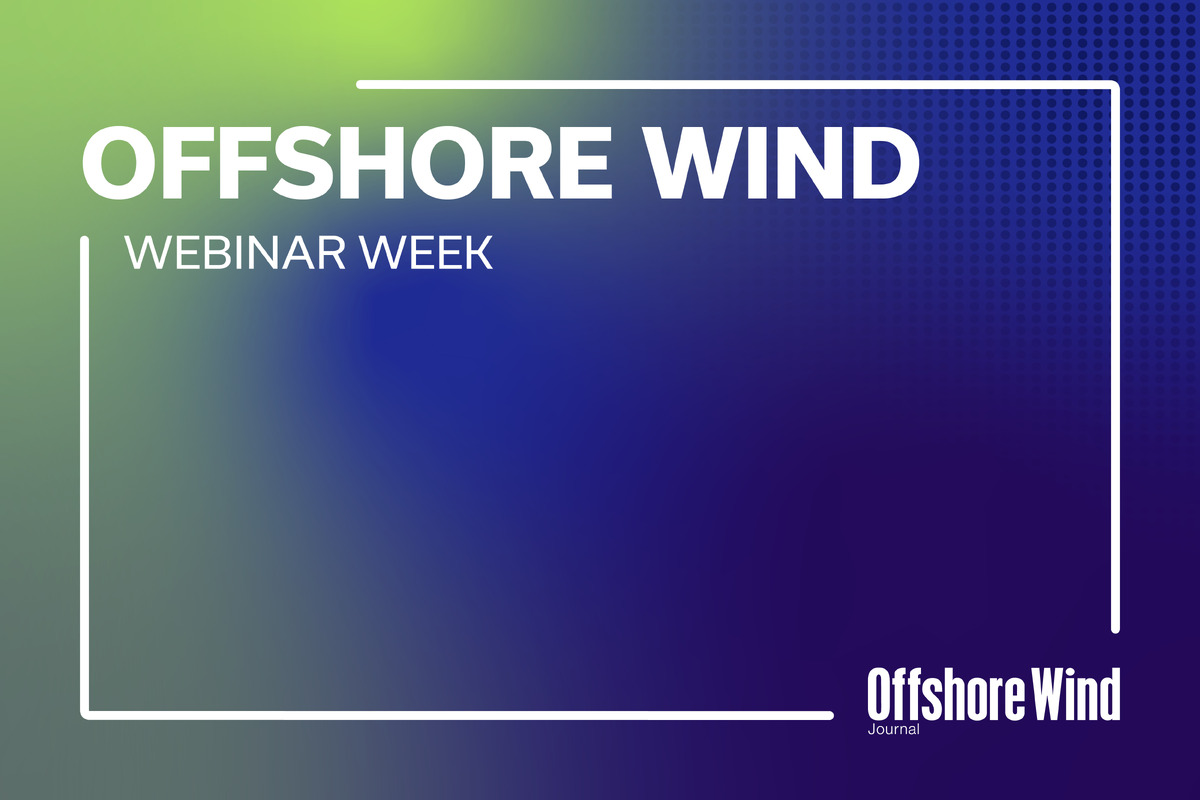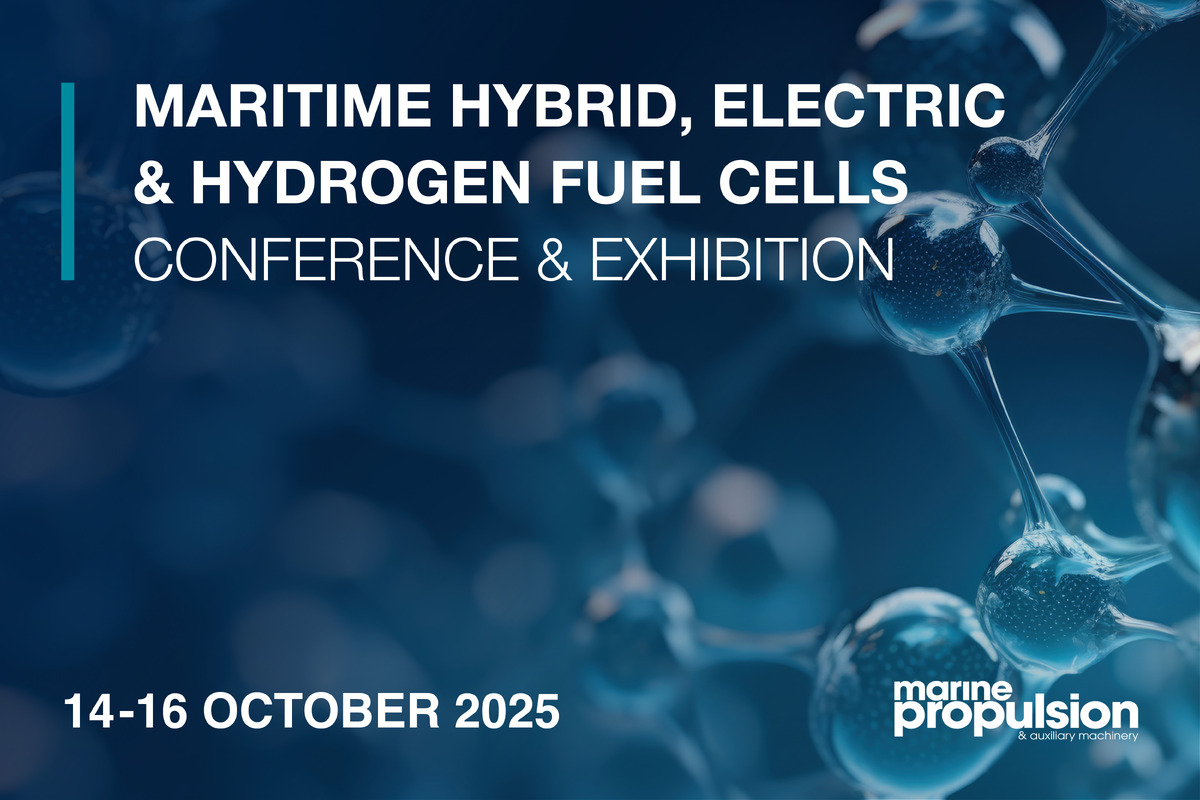Business Sectors
Contents
Germany agrees big boost to offshore wind capacity
German states including Lower Saxony, Bremen, Hamburg, Mecklenburg-Western Pomerania and Schleswig-Holstein have agreed with the federal government and the country’s transmission system operators 50Hertz, Amprion and TenneT to expand offshore wind capacity to 20 GW by 2030
Lower Saxony environment and energy minister Olaf Lies said Germany’s Economy and Energy Minister Peter Altmaier and the energy ministers in the coastal states had agreed with the Federal Maritime and Hydrographic Agency (BSH), Federal Network Agency and the transmission system operators to implement an ambitious expansion of offshore wind.
The measures will be included in amended ‘Wind Energy at Sea’ legislation later in 2020. The new target is being raised from 15 GW.
“Expansion of renewable energy is a key component in achieving climate goals set by the federal government. We need more electricity from the sea, and we need it around the clock,” said Mr Lies. “Wind turbines in the North Sea and Baltic make an important contribution to this. We cannot waste any more time.”
He went on to say that building more offshore wind capacity in Germany would also create value and employment opportunities in coastal states in Germany and inland. “The economic potential will only increase, because offshore wind energy is also gaining importance beyond Germany,” he said, highlighting the export opportunities that would flow from constructing more offshore wind capacity in the country.
“In order to play a leading role in the international market, German companies have to expand their competitive advantage. A strong home market supports the development of the industry,” he said. “The goal of increasing the expansion of offshore wind energy to 20 GW by 2030 is even more to be welcomed because of this.”
However, Mr Lies also noted there are “major challenges for everyone involved” if the 2030 target is to be reached. He said Germany needs to expand its hydrogen economy and do so in tandem with the expanding offshore wind so that some energy generated by offshore windfarms is used to produce green hydrogen.
“We cannot and do not have to transmit every kilowatt hour of electricity generated. Production of green hydrogen on the coast and later maybe also at sea is an essential component of a successful energy transition,” said the minister.
“We have only considered the electricity sector for far too long. Industry in particular and mobility rely on green hydrogen as an important resource. This offers the opportunity to save energy and to decouple generation and consumption.”
The BSH will create the necessary conditions for this and will continue to update its area development plan. In tandem, the federal government will examine measures to speed up planning and approval procedures for offshore wind and work will continue on the development and implementation of 525 kV transmission technology that makes it possible to transport twice the power compared to the previously used 320 kV technology.
With the need for improved transmission systems in mind in other countries, such as the Netherlands, TenneT recently asked companies to develop innovative solutions for ‘next level’ submarine high-voltage direct current cable systems operating at 525 kV. Adopting 525 kV to connect offshore windfarms in the North Sea “could halve the number of connection lines required and thus reduce the impact on the environment.”
Riviera will host a week of free to attend 45-minute webinars focused on offshore wind commencing 8 June. Register your interest now
Related to this Story
Events
Offshore Wind Webinar Week
Maritime Decarbonisation, Europe: Conference, Awards & Exhibition 2025
Offshore Support Journal Conference, Americas 2025
© 2024 Riviera Maritime Media Ltd.


